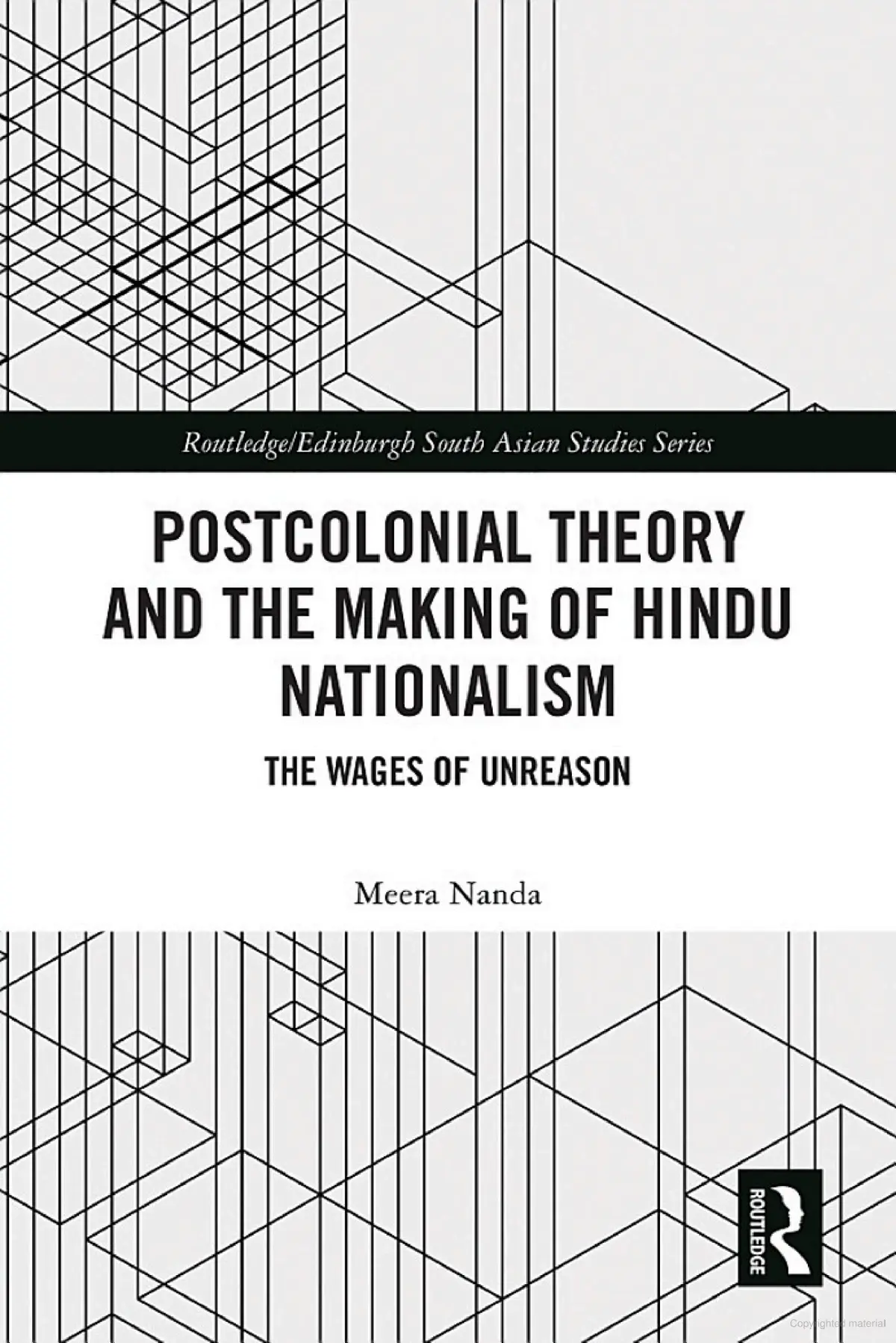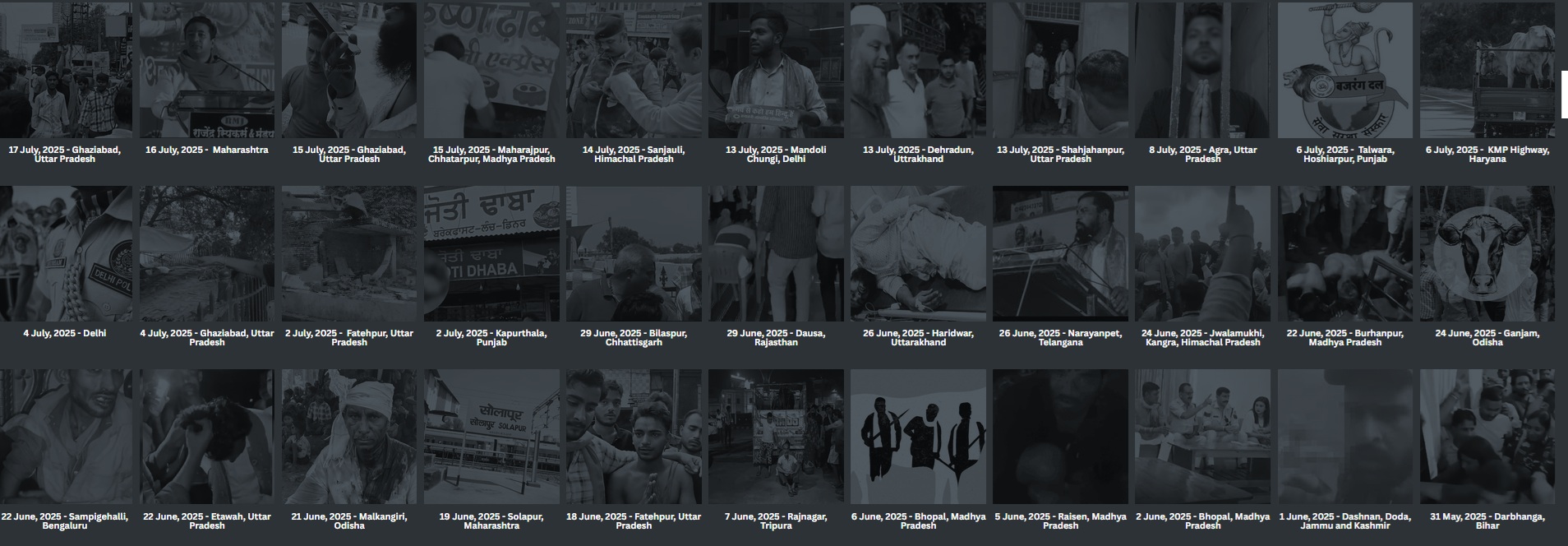This tracker has recorded 204 incidents between June 2024 and 18 Aug 2025 https://www.thequint.com/quintlab/uncovering-hate-crime-tracker-communal-violence-india/
QuintLad: Compilation by Aliza Noor, Syed Faheem Ahmed., Ashutosh Singh
A Class 10 girl said that she was first requested to take off her burqa in order to be permitted to take an exam.Later, she was permitted to wear a face cover for the SSC exam when the police intervened.
 Postcolonial theory has a Hindutva problem https://frontline.thehindu.com/books/modern-science-hindutva-postcolonial-theory-meera-nanda/article69795241.ece
Postcolonial theory has a Hindutva problem https://frontline.thehindu.com/books/modern-science-hindutva-postcolonial-theory-meera-nanda/article69795241.ece
Ideas meant to challenge colonial power are now being used to justify myth and religion in India, with real costs to science and secularism.
Seeing all endeavours based on empiricism as “Western” and hence  colonial neglects significant movements within our own country that have sought to loosen the hold of superstitions and irrational beliefs, however sporadic these efforts may have been.
colonial neglects significant movements within our own country that have sought to loosen the hold of superstitions and irrational beliefs, however sporadic these efforts may have been.
In her book Postcolonial Theory and the Making of Hindu Nationalism: The Wages of Unreason Meera fleshes out the synergies between the Hindu Right and the postcolonial Left. .. how the two ideologies that arose from opposing sides of the political spectrum have merged with disastrous implications for India. Both sides would like to see a revival of indigenous cultural norms, and “both seek to decolonise and indigenize science and social theory”.
the problem lies in the overreach of postcolonial theory that suggests that true decoloniality can come only when all the tools deployed during colonisation are rejected and indigenous ways of knowing are excavated.
Nanda warns that while these excavations are negotiated, the Hindu Right is filling them with whatever it sees fit to claim supremacy.
The Left's Accidental Gift to Hindu Nationalism? https://www.youtube.com/watch?v=ANRZTh1eDTI
How the academic critique of "mental slavery" was weaponized to label any opposition as anti-national.
How relativizing truth created a vacuum for state-backed superstition and pseudo-science to thrive.
How the argument that secularism is alien to India gave birth to the political jibe of "pseudo-secularism."
How idealizing "authentic faith" created an argument where the feelings of the majority can crush the rule of law.
Published : Jul 21, 2025
- 'detention' of Bengali-speaking migrant workers: SC seeks replies of Centre, states
- SC directs ECI to publish list of deleted voters and reason for deletion
- Independence Day 2025: Resolution
- Workers in Garment Industry bear the brunt of Trump deal
- What Is a Valid Document to Prove Citizenship? Government Offers No Answer

